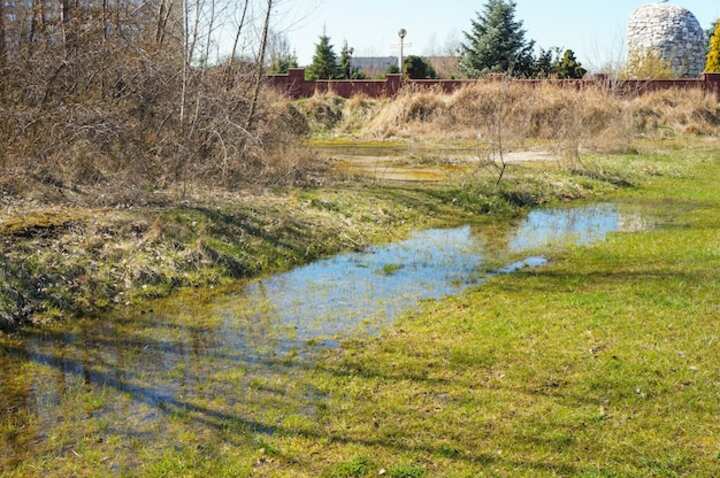
Maximizing Efficiency Electric Water Heater Maintenance Tips
Electric water heaters are a vital component of modern homes, providing hot water for daily use in showers, dishwashers, and washing machines. However, without regular maintenance, these appliances can become inefficient and costly to operate. This article provides essential tips for maintaining an electric water heater to maximize its efficiency and extend its lifespan.
Understanding Your Electric Water Heater
Before diving into maintenance tips, it is crucial to understand the basic components of an electric water heater and how they function. This knowledge will facilitate better maintenance practices and help you identify potential issues early.
Key Components
- Tank: The storage tank holds water that is heated and kept at a constant temperature.
- Heating Elements: These are responsible for heating the water within the tank.
- Thermostat: This component regulates the water temperature by controlling the heating elements.
- Pressure Relief Valve: This safety feature releases excess pressure to prevent the tank from bursting.
Maintenance Tips for Optimal Performance
Regular Inspection
Conduct routine inspections to ensure all components are functioning correctly. Look for visible signs of wear, rust, or leaks. Addressing minor issues early can prevent costly repairs in the future. Read more about this topic.
Flushing the Tank
Over time, sediment can build up at the bottom of the tank, reducing efficiency and potentially damaging the heating elements. Flushing the tank every six to twelve months can help remove these deposits.
- Turn off the electricity to the heater and allow the water to cool.
- Attach a hose to the tank's drain valve and direct it to a safe location.
- Open the valve and let water flow out until it runs clear.
- Close the valve, remove the hose, and restore power to the heater.
Learn more in this detailed guide.
Check the Anode Rod
The anode rod is a crucial component that prevents the tank from rusting. It attracts corrosive elements in the water, sacrificing itself to protect the tank. Regularly checking and replacing the anode rod can significantly extend the lifespan of your water heater.
Explore further insights here.
Adjust the Thermostat
Setting the thermostat to an optimal temperature can save energy and prevent scalding. The recommended temperature is typically around 120°F (49°C). This setting reduces the risk of mineral buildup and provides sufficient hot water for household needs.
Test the Pressure Relief Valve
Ensure the pressure relief valve is working correctly to avoid dangerous pressure buildup in the tank. To test it, lift the valve’s lever to allow a small amount of water to exit, then let it snap back into place. If it does not reseal properly, consider replacing it.
Find additional information here.
Conclusion
Regular maintenance of an electric water heater is essential for maximizing efficiency and extending its lifespan. By understanding the components and following these tips, you can ensure your heater operates efficiently and safely. For more comprehensive guidance, consult a professional plumber or explore further insights here.